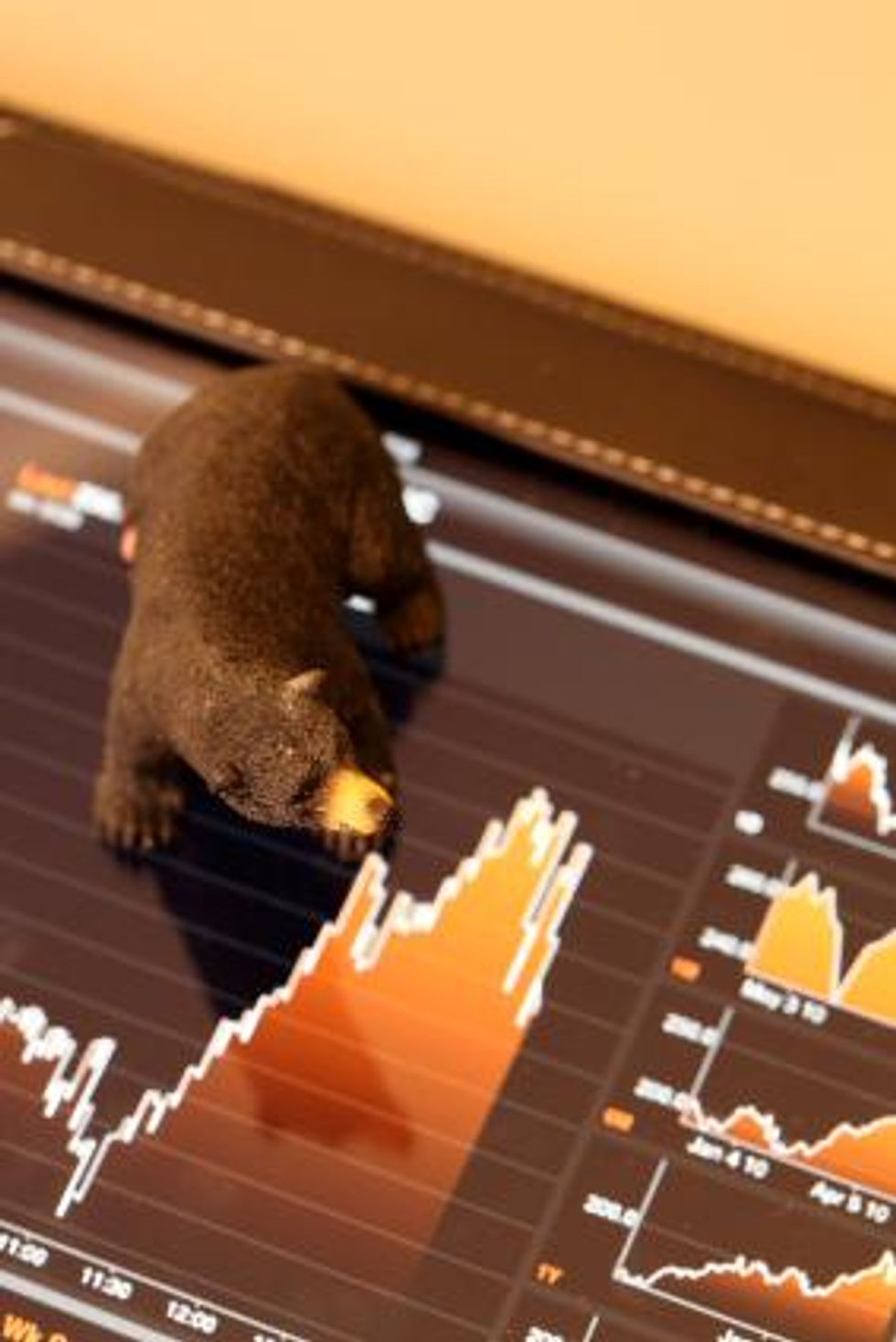Silver is stacking up in COMEX depositories. Some say that’s a bad sign.
Silver stocks are at the highest levels seen since August 15, 1997, CME Group (NASDAQ:CME) reported on January 28. That might get the attention of some silver bears, the firm said. Up by more than 1.3 million ounces, the stockpiles contained over 152 million ounces of silver that day. Since then, silver has continued to stack up and CME Group has reiterated that the current levels have not been seen in almost 16 years. Why are silver stock levels reported? And what does inventory size mean to market participants who monitor these levels?
With the exception of holidays, CME Group issues daily reports on deposits, withdrawals and current levels of silver held at its approved depositories.
On Friday, February 15 (the last report available for this article given a US holiday on Monday, February 18), the firm reported that the stockpiles had grown to over 160 million ounces. The addition of roughly 8 million ounces in about two weeks may sound bullish as it may seem to suggest an active marketplace in which the metal is being readily snapped up and stored.
Then again, looking at silver prices, which hit a five-week low and closed below a key psychological level of $30 on Friday, suggests otherwise.
A relationship is often seen between rising silver stocks and weak silver prices. As a result, many consider large increases to be bearish.
While investment demand is important for the silver market, it still remains dependent on industrial demand. A depository is merely a high-tech warehouse. Many market participants who monitor COMEX stockpile levels consider growing masses of silver in warehouses to be anything but bullish.
“The rise in silver stocks in COMEX-registered warehouses is really a sign of weak physical demand,” David Jollie, a strategic analyst at Mitsui Precious Metals, told Silver Investing News.
“In essence, COMEX silver stocks are one indicator of the silver market as they show how much unloved metal is present at any one time. Although there are many other driving forces that can move the silver price, this is one useful indicator of how strong industrial and real-world demand is at the moment,” Jollie added.
It is important to keep in mind who COMEX participants are. They are not generally retail investors who deal primarily in 1-ounce coins or small bars. Silver contracts are available in two sizes: 2,500 ounces and 5,000 ounces. While there are some individual investors among CME Group’s clients, the list mainly consists of major players, such as hedge funds, mining companies, refineries and proprietary trading firms.
Those market participants who have not been tracking COMEX silver stocks, but who may consider doing so, should note that that not everyone agrees on how the inventory levels should be interpreted.
There are two categories of stockpiles reported by CME Group. One is “registered” silver, which is metal available to meet delivery requirements. The other is “eligible” silver, which is metal that meets the specifications to be registered, but is not currently made available to satisfy COMEX contracts.
Those familiar with the allegations of market manipulation have likely heard that if all the longs were to stand for delivery, they could topple the scheme by creating a default as there would not be enough metal, because technically all that is available is that which is registered.
Therefore, some suggest that when looking at silver stock levels it is most important to pay attention to how much metal is registered and how much is eligible. Of the stocks reported on Friday, for example, only 37.5 million ounces were registered and the remaining 123 million ounces were eligible. That seems far less bearish than thinking of 160 million ounces piled up and waiting to be sold.
Others point out that the total inventory is key because eligible silver can become registered if the owners so choose — and many do make that choice when demand surges and prices become attractive.
“Silver trades internationally at its spot price, but at any particular time, end users will want some brands or purities or delivery locations. A real-world buyer will often pay a premium over the spot price for one of those reasons. If we see people with spare metal happy to put it into a warehouse rather than the open market, that suggests that physical premia are relatively weak,” Jollie said.
Securities Disclosure: I, Michelle Smith, do not hold equity interests in any of the companies mentioned in this article.




